The lateral diffusion of a plasma membrane protein has been studied using the fluorescence recovery after photobleaching (FRAP) technique in a cell under normal conditions, and the following plot has been obtained. Under a different condition (e.g. when a signaling pathway is turned on) , the protein binds to a few other proteins and protein complexes in the plasma membrane. As a result, its lateral diffusion coefficient is reduced and a significant fraction of the molecules of this protein are immobilized in large aggregates. How would you expect the FRAP curve to change under these new conditions? The dotted line in each graph is the original curve shown for comparison. 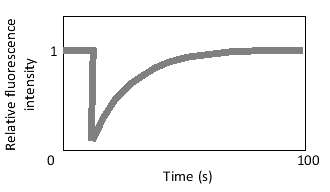
A) 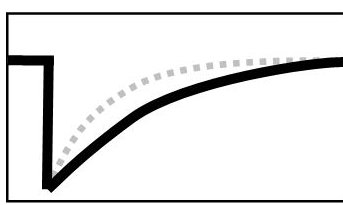
B) 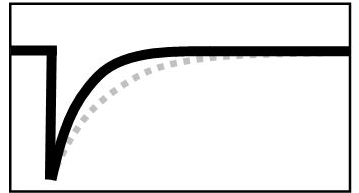
C) 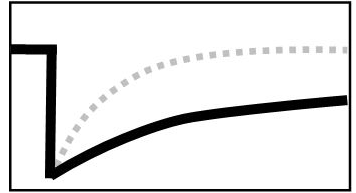
D) 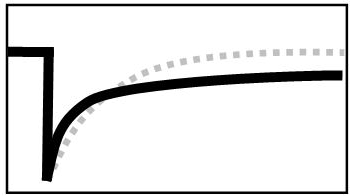
E) 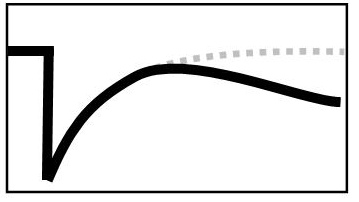
Correct Answer:
Verified
Q16: In the following schematic drawing of an
Q17: What do all β-barrel transmembrane proteins have
Q18: Which of the following is NOT correct
Q19: The nicotinic acetylcholine receptor is a cation
Q20: Why do liposomes not fuse with one
Q21: In the following schematic drawing of the
Q22: In the schematic drawing below, a protein
Q23: In intestinal epithelial cells, the different plasma
Q25: While examining the crystal structure of a
Q26: Which of the following changes is more
Unlock this Answer For Free Now!
View this answer and more for free by performing one of the following actions

Scan the QR code to install the App and get 2 free unlocks

Unlock quizzes for free by uploading documents